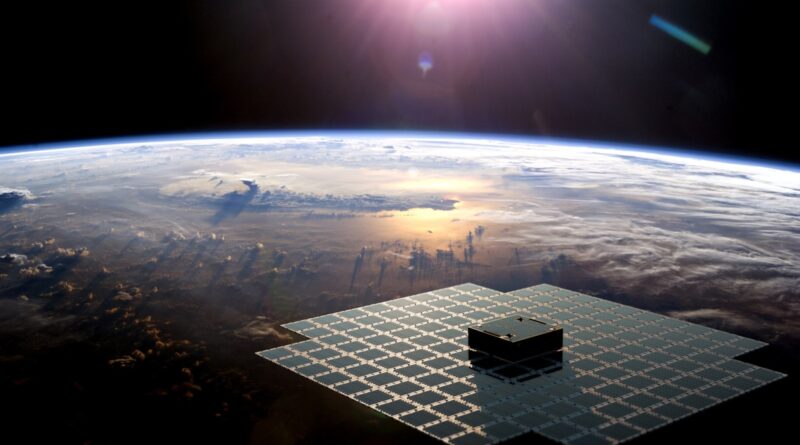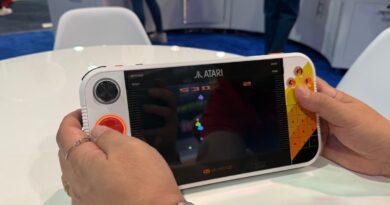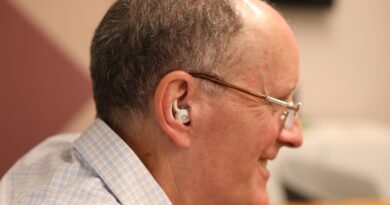Satellite-to-phone race heats up with voice calls and cross-Canada access
The prospect of contacting a satellite to send a text or contact emergency services may soon be an effortless reality as startups move from proof of concept to actual product. Canadians on the Rogers network, which just inked a deal with Lynk, will get direct satellite-phone connections across the country; and not to be outdone, AST SpaceMobile claims to have made the first satellite voice call using a regular cell phone as well.
Connecting a stock smartphone like last year’s Samsung or iPhone to a satellite would have sounded like a fantasy a few years ago, when we all knew it was impossible. But now companies are jostling for position as it becomes clear that satellite services will be a compelling offering on any mobile plan or phone model over the next few years.
Lynk’s approach is to offer as universal as possible an SMS service to as much of the planet as possible, in the hopes that no one who needs help or is off the grid for any other reason will ever have to face “no signal.” It has demonstrated texting from the middle of nowhere (in fact the founder texted me) and also can blanket an area unexpected without signal — due to a power outage or natural disaster — with crucial info like where to find shelter.
The company has been striking deals across the world with various carriers, and is now at the very doorstep of the U.S. (which has a tough regulatory environment and entrenched mobile players) with a deal with Canada’s biggest provider, Rogers.
Although the idea is that everyone will be able to use this, every satellite cellular station still needs to operate through a licensed carrier. The Rogers deal doesn’t necessarily mean total exclusivity (for example, you’re lost and need help but have a different carrier) but Lynk CEO Charles Miller told me it’s not always simple to figure out who does and doesn’t have access.
“Every country is a little different,” he said. “Sometimes there’s technical limitations. They have national roaming in Canada, so perhaps it works out, our goal is to provide those services to everybody, but for now it’s TBD.” Here’s hoping the non-Rogers subscribers up there (and god knows they have their reasons) can get access if they need it.
Bringing an alternative connectivity package to the table is AST SpaceMobile, which has launched its first test satellite and for the first time demonstrated a direct phone-to-satellite call using an unmodified consumer handset. I double checked (this stuff can be tricky) and this was a continuous two-way connection between the phone and the satellite, which relayed it to the terrestrial network:
Abel’s phone in Texas was connected directly to the satellite for both send and receive two-way communications, without any other intermediary. He made the phone call by typing in the number to the regular Samsung dial app on the Galaxy S22, just like you would make any regular phone call. The other end of the phone call in Japan was received via the normal terrestrial communications network (a cell tower).
Demonstrating the capability, even in 2G (as an AT&T rep described it to The Verge) is a big step forward, since the engineering involved in getting a regular phone to connect with something in low Earth orbit is already difficult — maintaining a continuous connection is even harder. Scaling is yet another problem that AST SpaceMobile will face, but having proven the capability, that challenge probably seems less daunting now.
The company’s BW3 satellite is the prototype for a constellation that will provide “2G, 3G, 4G LTE and 5G” coverage from space, though they only have the first of those working just now. Let’s hope for great success, because I lose 5G just going down the block. Help me out, AST SpaceMobile.
Of course Apple has made headlines with its emergency SOS service, which connects to the Iridium network but requires you to sort of sight your phone on a passing satellite in order to exchange a set of mostly premade messages. Useful if you’re stuck in a canyon and need a helicopter to scoop you up, but not if you want to check the weather or tell your spouse your backpacking trip is going fine.
And then there’s T-Mobile and SpaceX, which plan to provide a Starlink data connection to the network’s customers. While no one can gainsay Starlink’s ability to provide a signal from orbit, it has not yet demonstrated an orbital connection to an unmodified phone, something it supposedly will do this year.
Pretty soon these services will graduate from experiment to line item and we’ll be back to the days when texts cost a dime each. Still, it’s better than nothing, and that’s definitely what a lot of people have once they leave the city to take a hike or go fishing. Let’s hope the connection stays on-demand, though — no one needs to get spam messages from orbit while they’re waiting for the trout to bite in a remote mountain lake. That’s not a future anyone wants.
Satellite-to-phone race heats up with voice calls and cross-Canada access by Devin Coldewey originally published on TechCrunch




